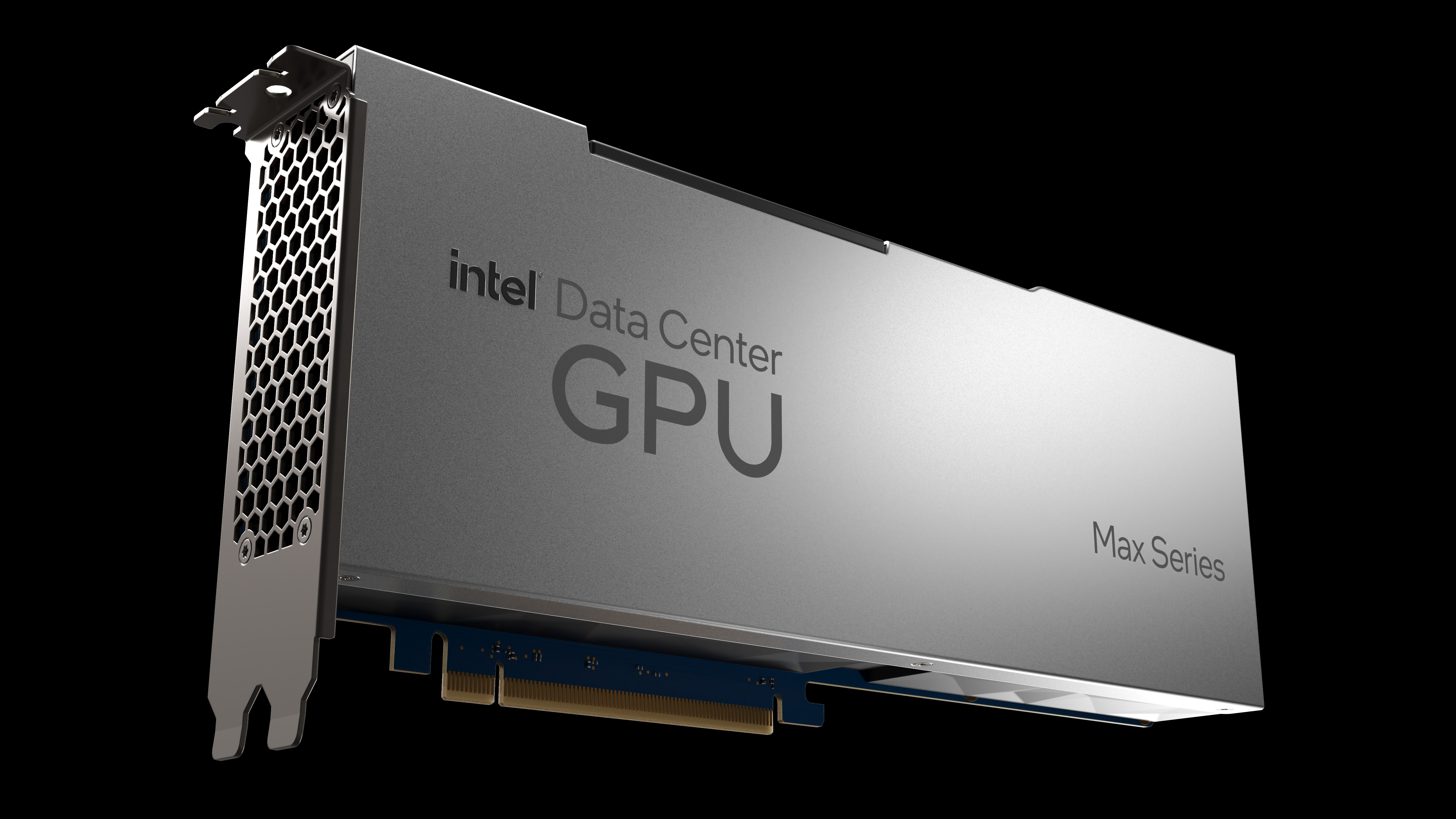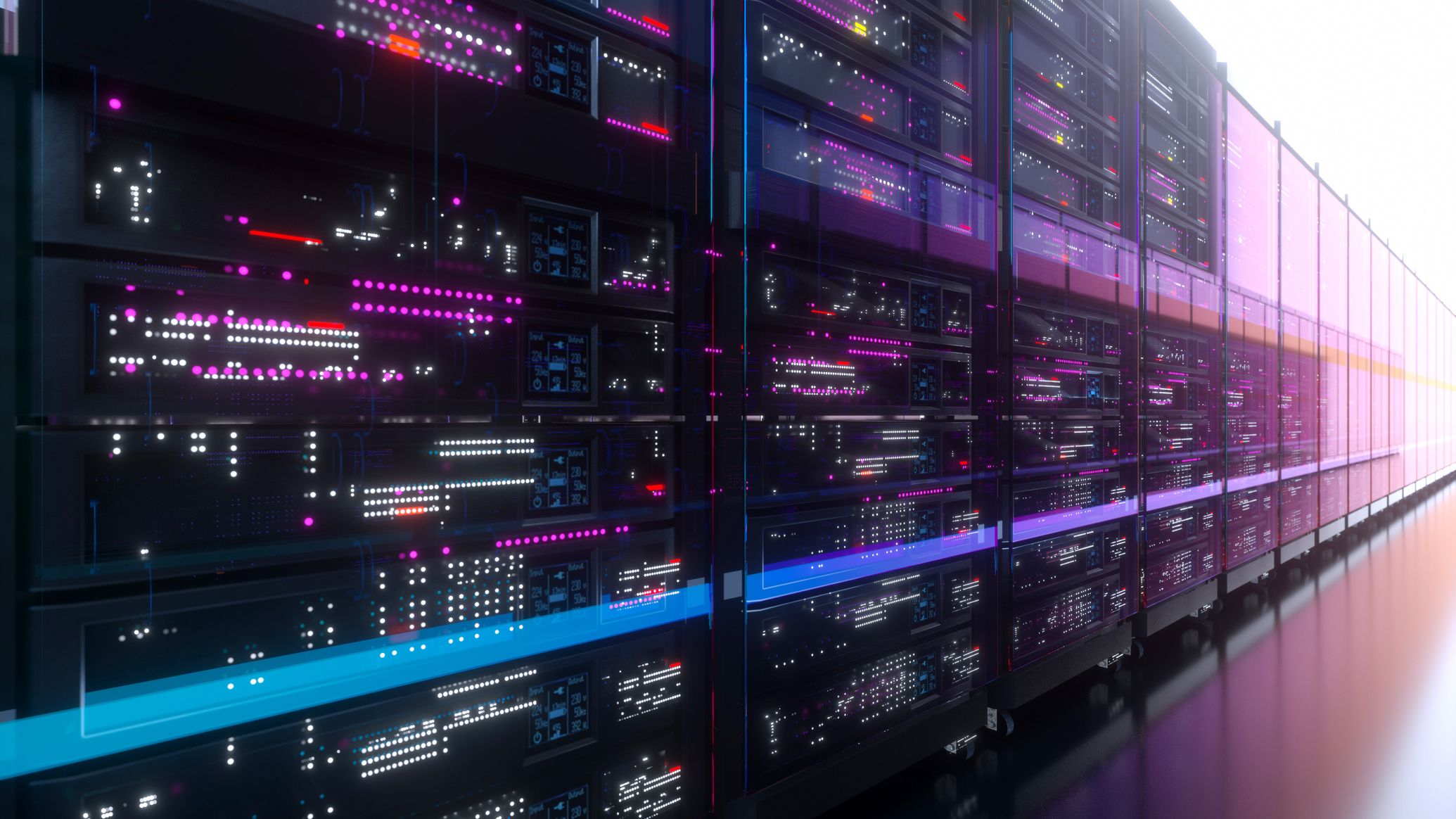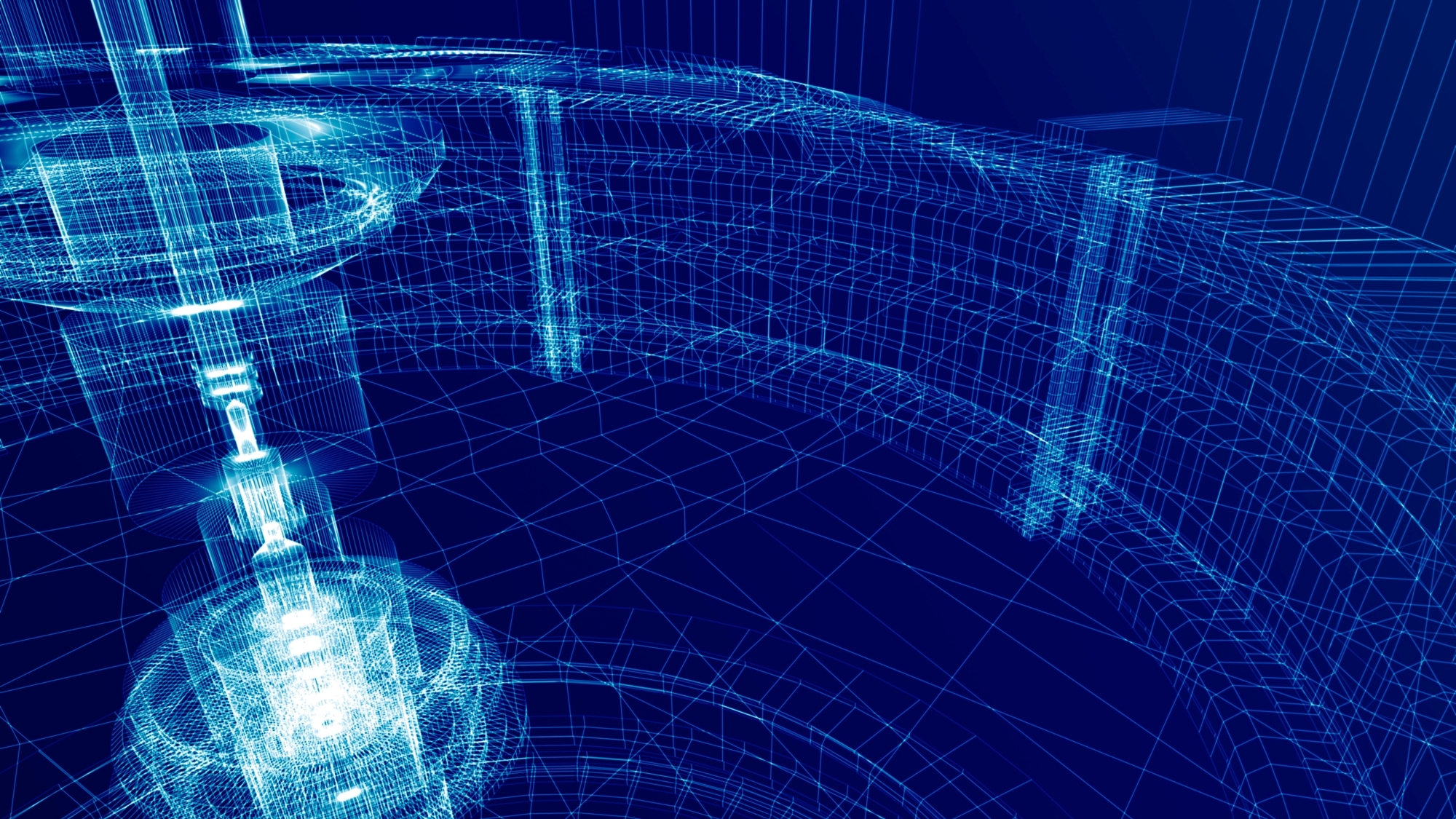Intel unveils Max Series chip family designed for high performance computing
The chip company claims its new CPU offers 4.8x better performance on HPC workloads


Intel has unveiled its Intel Max Series product family, which the company hopes will help researchers and businesses solve problems faster.
The new family is made up of the Intel Xeon CPU Max series and Intel Data Center GPU Max series, which it says have been designed for high performance computing (HPC) and artificial intelligence (AI) workloads. These platforms were previously known internally under their code-names Sapphire Rapids HBM and Ponte Vecchio, respectively.
The Xeon Max CPU is the first and only x86-based processor with high bandwidth memory, helping to accelerate HPC workloads without needing code changes, Intel has claimed. The new CPU contains up to 56 performance cores with 64GB of high bandwidth, as well as PCI Express 5.0.
The component can provide over 1GB of high bandwidth memory (HMB) capacity per core, which Intel said is enough to fit more common HPC workloads. It provides up to 4.8x better performance compared to competition on real-world HPC workloads, the company claims.
The CPU also uses 68% less power than an AMD Milan-X cluster for the same performance. Intel also added that its climate modelling capabilities are 2.4x faster than the AMD Milan-X and it provided a 2.8x better performance against competing products in its double data rate (DDR) memory.
Additionally, the Max Series GPU, designed for data centre use, is the chip company’s highest density processor, containing over 100 billion transistors in a 47-tile package with up to 128 gigabytes (GB) of memory. It delivers up to 128 Xe-HPC cores, the new foundational architecture targeted at the most demanding computing workloads. It features 408 megabyte (MB) of L2 cache memory, the highest in the industry, and 64MB of L1 cache, to increase throughput and performance. Intel added that it’s the only HPC/AI GPU to come with native ray tracing acceleration, which speeds up scientific visualisation and animation.
Intel underlined that the Max series has been designed for the HPC community with scalable and balanced CPUs and GPUs. Researchers and businesses will be able to solve problems faster and more sustainably through these components, with the company highlighting how it will be a benefit for HPC projects like mitigating climate change impacts or curing diseases.
Get the ITPro daily newsletter
Sign up today and you will receive a free copy of our Future Focus 2025 report - the leading guidance on AI, cybersecurity and other IT challenges as per 700+ senior executives
RELATED RESOURCE

IBM FlashSystem 5000 and 5200 for mid-market enterprises
Manage rapid data growth within limited IT budgets
“To ensure no HPC workload is left behind, we need a solution that maximises bandwidth, maximises compute, maximises developer productivity and ultimately maximises impact,” said Jeff McVeigh, corporate vice president and general manager of the Super Compute Group at Intel. “The Intel Max Series product family brings high bandwidth memory to the broader market, along with oneAPI, making it easy to share code between CPUs and GPUs and solve the world’s biggest challenges faster.”
The GPU component will be available in different forms depending on customer needs. It will come in a Max Series 1100 GPU, in a 300-watt double-wide PCIe card with 56 Xe cores and 48GB of HBM2e memory. It will also come as the Max Series 1350 GPU is a 450-watt module with 112 Xe cores and 96GB of HBM. Lastly, it will be available as the Max Series 1550 GPU, Intel’s maximum performance 600-watt module with 128 Xe cores and 128GB of HBM.
The new series is expected to launch in January 2023, and the company is set to ship the new GPUs to the Argonne National Laboratory to power the Aurora supercomputer.
Intel highlighted that Aurora, which is still under construction, is expected to be the first supercomputer to exceed two exaflops of peak double-precision compute performance. It will be used to showcase the Max Series GPUs and CPUs in a single system, with over 10,000 blades, each harbouring six Max Series GPUs and two Xeon Max CPUs.
The CPUs will also be used at other HPC systems, including Crossroads at Los Alamos National Laboratory, CTS-2 systems at Lawrence Livermore National Laboratory and Sandia National Laboratory, and Camphor3 at Kyoto University.
Zach Marzouk is a former ITPro, CloudPro, and ChannelPro staff writer, covering topics like security, privacy, worker rights, and startups, primarily in the Asia Pacific and the US regions. Zach joined ITPro in 2017 where he was introduced to the world of B2B technology as a junior staff writer, before he returned to Argentina in 2018, working in communications and as a copywriter. In 2021, he made his way back to ITPro as a staff writer during the pandemic, before joining the world of freelance in 2022.
-
 Bigger salaries, more burnout: Is the CISO role in crisis?
Bigger salaries, more burnout: Is the CISO role in crisis?In-depth CISOs are more stressed than ever before – but why is this and what can be done?
By Kate O'Flaherty Published
-
 Cheap cyber crime kits can be bought on the dark web for less than $25
Cheap cyber crime kits can be bought on the dark web for less than $25News Research from NordVPN shows phishing kits are now widely available on the dark web and via messaging apps like Telegram, and are often selling for less than $25.
By Emma Woollacott Published
-
 Accelerating business modernization
Accelerating business modernizationModernizing your infrastructure with the right servers can accelerate business transformation, enhance security, and future-proof your organization for tomorrow’s challenges
By Rene Millman Published
-
 Intel layoffs to hit 15,000 roles as falling revenue and poor returns on AI bite
Intel layoffs to hit 15,000 roles as falling revenue and poor returns on AI biteNews CEO Pat Gelsinger announced news of the Intel layoffs following a recent earnings call
By George Fitzmaurice Published
-
 Sustainable business starts with sustainable IT infrastructure
Sustainable business starts with sustainable IT infrastructureWhitepaper Reduce energy consumption without sacrificing performance with Intel and CDW
By ITPro Published
-
 Winning the data-centric digital business in this decade
Winning the data-centric digital business in this decadeWhitepaper Discover more about Dell’s adaptive, secure, and resilient portfolio for the digital business and win in this data-centric era
By ITPro Published
-
 Intel and Dell secure deal to build a digital twin of a UK fusion power plant
Intel and Dell secure deal to build a digital twin of a UK fusion power plantNews The simulation will be critical for meeting the ambitious goal of delivering fusion energy to the UK’s energy network in the 2040s
By Richard Speed Published
-
 Continuously modernize storage
Continuously modernize storageWhitepaper Modernize data storage to accelerate operations and digital business initiatives
By ITPro Published
-
 Google claims its AI chips are ‘faster, greener’ than Nvidia’s
Google claims its AI chips are ‘faster, greener’ than Nvidia’sNews Google's TPU has already been used to train AI and run data centres, but hasn't lined up against Nvidia's H100
By Rory Bathgate Published
-
 £30 million IBM-linked supercomputer centre coming to North West England
£30 million IBM-linked supercomputer centre coming to North West EnglandNews Once operational, the Hartree supercomputer will be available to businesses “of all sizes”
By Ross Kelly Published